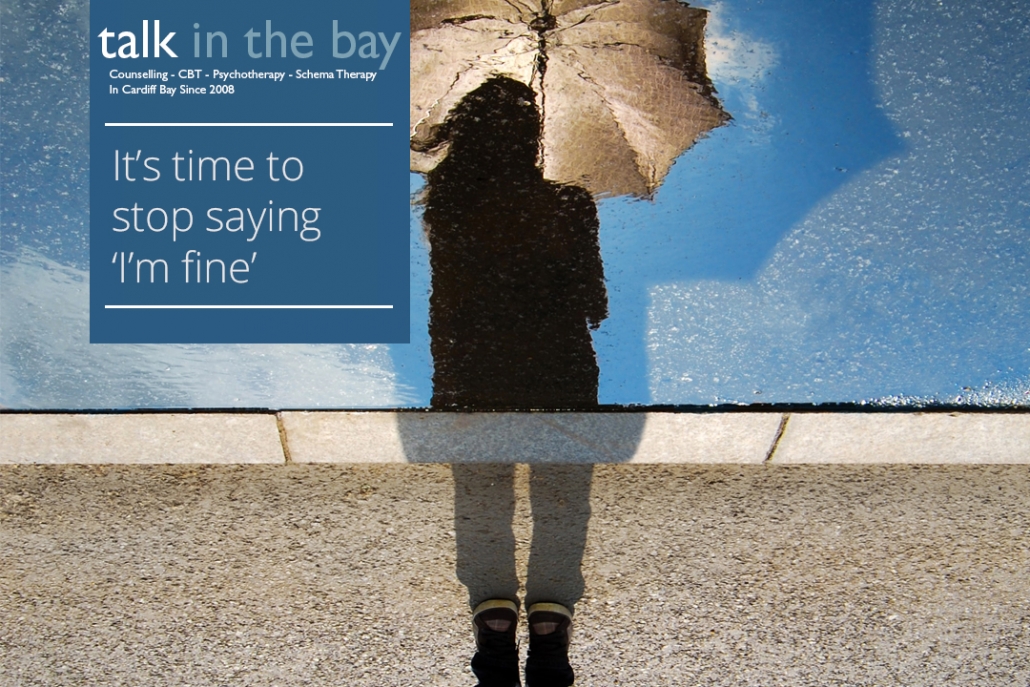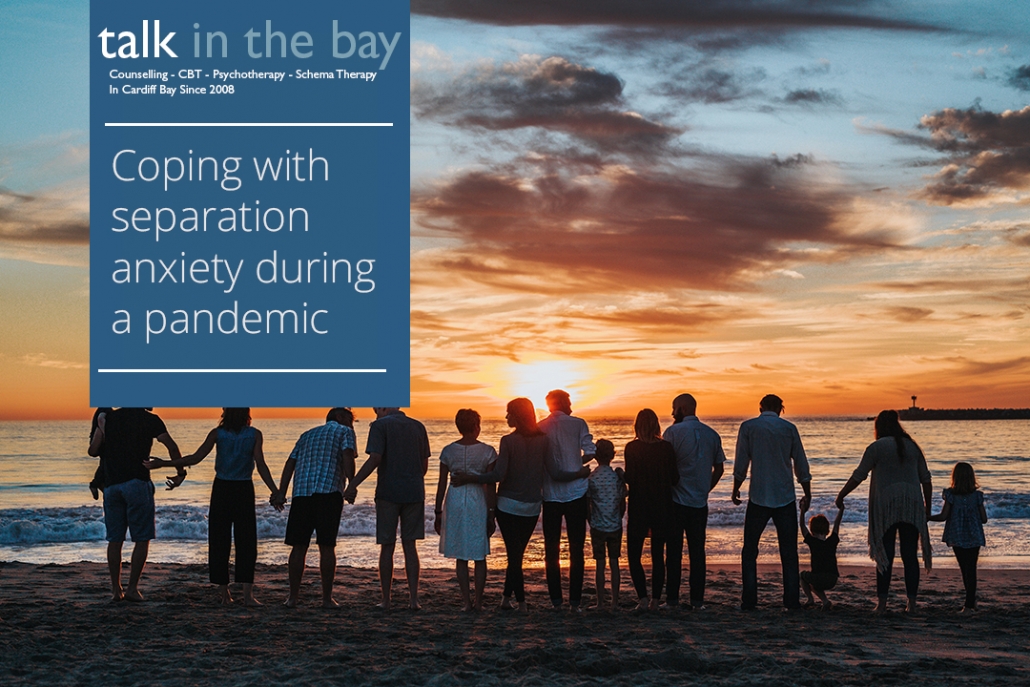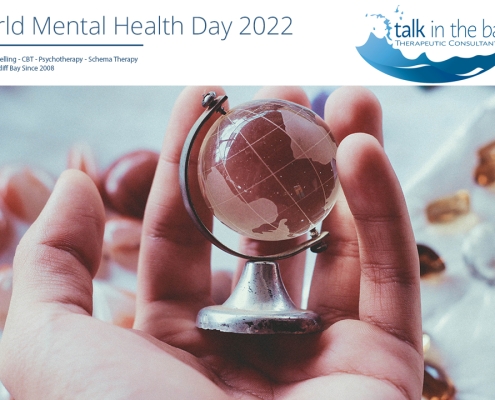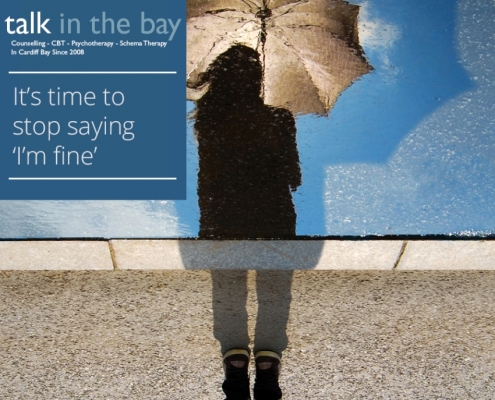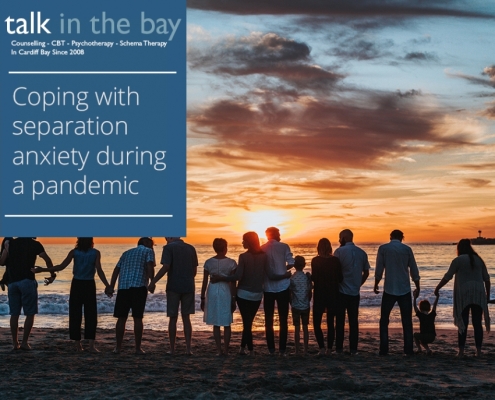 https://talkinthebay.co.uk/wp-content/uploads/2022/10/World-Mental-Health-Day-2022.jpg
720
1080
Carin Stenbeck
https://talkinthebay.co.uk/wp-content/uploads/2022/02/TalkintheBay_Logo_300dpi_Large.png
Carin Stenbeck2022-10-03 13:53:512022-10-04 13:39:59World Mental Health Day 22
https://talkinthebay.co.uk/wp-content/uploads/2022/10/World-Mental-Health-Day-2022.jpg
720
1080
Carin Stenbeck
https://talkinthebay.co.uk/wp-content/uploads/2022/02/TalkintheBay_Logo_300dpi_Large.png
Carin Stenbeck2022-10-03 13:53:512022-10-04 13:39:59World Mental Health Day 22Types of Abuse
There are many different types of abuse. While the more common forms include domestic violence, child abuse and emotional abuse, any behaviour towards someone that causes deliberate harm or upset can be considered abuse.
Types of abuse include:
- physical abuse
- child abuse
- sexual abuse
- emotional or psychological abuse
- neglect
- discriminatory abuse.
According to Victim Support, an independent charity supporting victims of crime, the police estimate that they receive one call per minute from someone suffering abuse. This fact-sheet will explore the different types of abuse in more detail. We will look at the signs of abuse and how counselling can help. We will also explore what you should look for in a counsellor or psychotherapist.
Information originally published by counselling directory
https://www.counselling-direct
Physical abuse is causing intentional harm or injury to another person through violence or physical contact. Anyone can be affected by physical abuse. The abuser can be any person from within the victim’s environment including family members, partners or friends. Physical abuse can include, but is not limited to:
- pushing
- scratching
- burning
- hitting
- biting
- choking
- sexual abuse
- throwing objects.
Emotional abuse is often difficult to identify as there are no visible marks or injuries left on the victim. This form of abuse often allows the abuser to gain power over the other through demeaning words and gestures. Generally, emotional abuse can be put into three categories.
- Aggressive: this can include name-calling, blaming, accusing, and making threats or destructive criticism.
- Denying: this can include manipulation, neglecting, withholding affection.
- Minimising: this can include belittling the victim’s feelings or thoughts, isolation or accusing them of exaggerating.
Sexual abuse can range from unwanted touching or photographing, to being pressured to do a sexual act without consent. Many victims who have been abused sexually will know the abuser. They will often be a relative, friend or past/present partner.
A common misconception is that men cannot be sexually abused: this is untrue. Anyone can be a victim of sexual abuse and nobody should feel pressured into doing something they do not want to do.
Sufferers of sexual abuse may begin to change their behaviour as a result of the trauma. While everyone will react differently, the effects of being abused sexually may include intense fear, panic attacks, low-self esteem, body pains and depression.
Domestic Violence
According to the Home Office, domestic violence covers any incident of threatening behaviour, violence or abuse between two people who are, or have been, in a relationship. It also covers family members, whatever their gender or sexuality.
Abuse may be psychological, sexual, emotional or financial. Its aim is to maintain power and control of one person over another. Most victims are women, but men suffer, too. People in same-sex relationships also suffer. The NHS have said that on average, two women per week and 30 men per year die as a result of domestic violence in UK. It is not restricted to the poor or unemployed but exists across society.
Domestic violence remained a ‘hidden crime’ for many years, until the Domestic Violence Crime and Victims Act of 2004 gave the police and agencies more effective policies. Research has found that domestic abuse has more repeat victims than any other crime in the UK. According to the women and children charity, Refuge, an average of 35 assaults will have taken place before the violence is reported to the police.
Individual counselling may help you assess what to do about a violent relationship and learn what steps to take next. Specialist agencies and professionals are also available for help and support. Domestic violence can include:
- verbal abuse
- constant degrading and insults
- continuously finding faults in a partner
- threats
- bullying
- sexual abuse
- physical abuse
- punching, kicking
- homicide
Child Abuse
Statistics show that every year thousands of children are abused physically by a parent or someone they know. Child abuse is characterised by any actions of a carer that could potentially harm a child’s mental or physical health. Research shows that many aggressors were abused themselves as children. The main areas of child abuse are shown below:
- physical abuse
- sexual abuse
- emotional abuse
- child labour/exploitation
- neglect
- abandonment.
Survivors of childhood sexual abuse often face problems in their relationships, but it is important to know that help and support is available. Individual counselling can help to address issues of trust and anger that may resurface in later life.
What issues can counselling address?
- Individual counselling may benefit the victim. This can help them detach themselves from the partner’s behaviour.
- Counselling can help restore self-esteem and re-examine healthy ways of relating.
- Issues in ending an abusive relationship.
- Specialist agencies can offer support to perpetrators to examine their behaviour.
Characteristics of an abusive relationship
There are often problems with taking responsibility for abusive behaviour. Often the victim will assume blame and the abuser may adopt a “poor me” stance.
One of the main characteristics of an abusive relationship is control. When one person is doing something to control the behaviour of the other, it can become entrenched. This can be done by force or manipulation – both control the other’s behaviour. Often there is an abusive pattern for one or both partners from their backgrounds. Abusers may have been victims themselves.
Some relationships are pathologically abusive with a sadistic systematic undermining of one partner. Friends and relatives might look on in alarm as a pattern emerges. The more entrenched the behaviour, the less likely it can be reversed. But the resulting worthlessness felt by the abused may see them unable to break free, or so lacking in confidence they become totally dependent.
In most relationships one person may be dominant or more forceful. But when the needs of one partner cannot be considered, the relationship may become abusive. Abuse can surface slowly. It may be welcomed as jealousy or insecurity, leading the partner to feel needed and wanted – and dependent. Often these characteristics arise from an intense need for love and affection and initially seem to enforce the victim’s worth. Usually abuse progresses, leading to the isolation and vulnerability of one partner and total control by the other. Typically, the end result is one of destruction.
Recognising signs of abuse
Is your relationship abusive? Symptoms of an abusive relationship may include one or more of the following:
- physical violence including suicide threats
- isolation which begins by monopolising the partner’s attention
- gradual ‘falling out’ with partner’s support network
- jealousy – asking a partner to prove their loyalty
- controlling behaviour – controlling a partner’s friends and activities
- constant criticism and put-downs
- one person’s needs dismissed or minimised
- secrecy.
Abusive relationships are usually progressive. The needs of one partner escalate and those of the other disappear along with their self-esteem. Uncontrollable anger, jealousy, the need for power and inability to respect other people’s boundaries are all common traits of abusers.
Abusers are usually needy, controlling and often act out deep-seated feelings of shame and inadequacy. Abusers often see themselves as the powerless victims of others’ behaviour. They may find it difficult to take responsibility for their actions. It can be a familiar pattern that both partners hook into. Cycles of abuse are often based on an intense need for love and affection. The cycle may also include fear of being abandoned, low self-esteem, isolation and drug or alcohol abuse.
Let us help
Cognitive behavioural therapy (CBT) is a talking therapy that can help you manage your problems by changing the way you think and behave.
It is most commonly used to treat anxiety and depression, but can be useful for other mental and physical health problems.
Solution-focused brief therapy – also known as solution-focused therapy – is an approach to psychotherapy based on solution-building rather than problem-solving. Although it acknowledges present problems and past causes, it predominantly explores an individual’s current resources and future hopes – helping them to look forward and use their own strengths to achieve their goals.
Learn more about Solution-focused brief therapy
Psychotherapy involves regular personal interaction and the use of psychological methods and techniques particularly, to help change behavior and overcome problems in desired ways.
Schema Therapy helps you to understand and gain clarity of where and why difficulties have developed in life and provides a treatment plan for healing.
Learn more about Schema Therapy
Acceptance and Commitment Therapy (ACT) is a form of psychotherapy and has been described as the fourth wave in therapy following CBT.
Applied Behaviour Analysis (ABA) is a data driven science of all behaviour.

